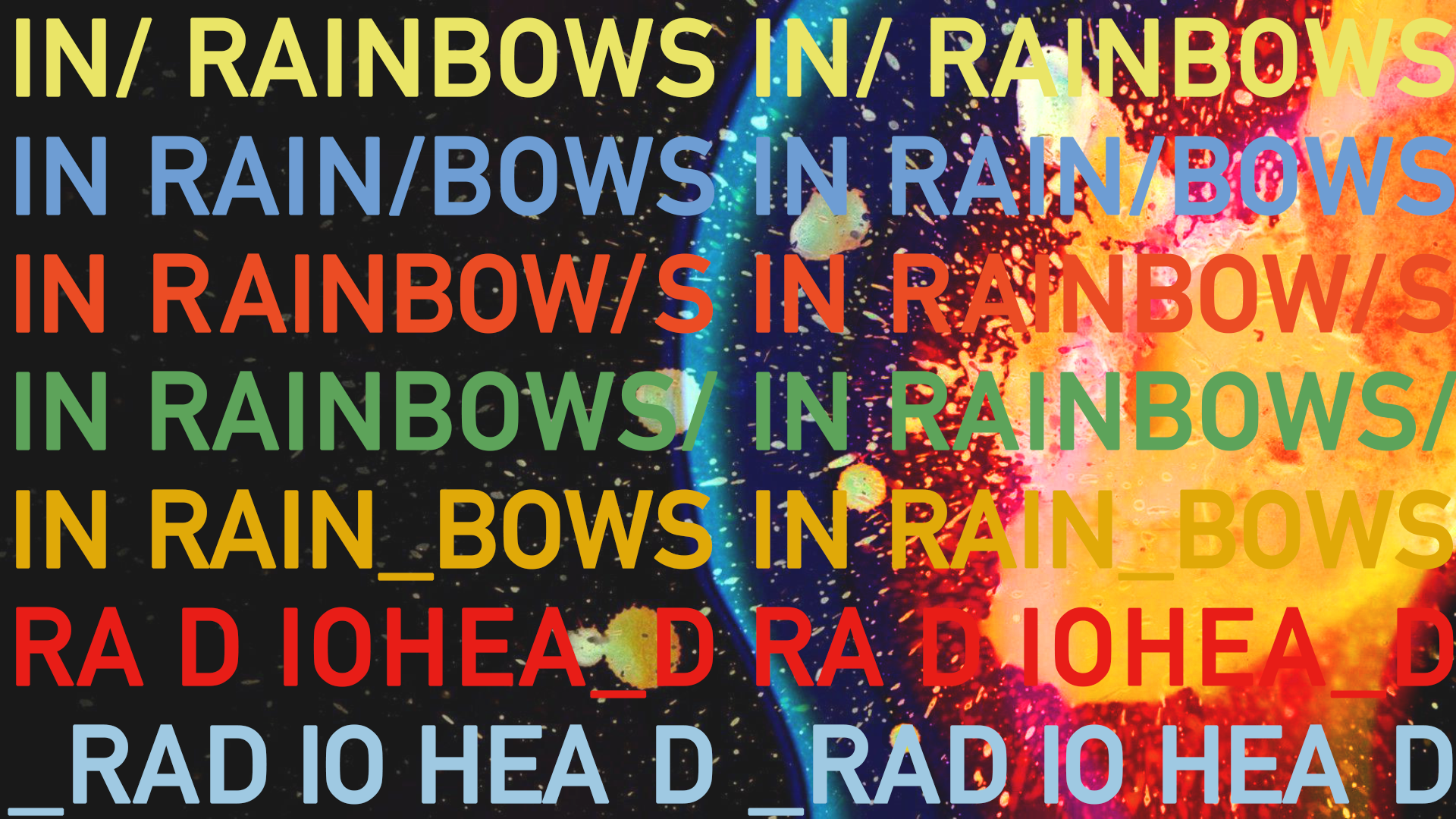The watusi was a brief dance craze of the early ’60s, popularised through surfing music. To dance the watusi, you didn’t need a partner. You planted your feet firmly on the ground as if standing carefully yet confidently on your surfboard and then, with arms outstretched and palms facing down, flailed those upper limbs as if drowning in time to the beat of the music. The more carefree watusi dancer might also bob their head or even shake their hair as the beat continues. If you’re hearing “Wwwwwwipe-out!!!” and picturing half a dozen enthusiastic teenagers windmilling wildly on a palm-tree lined beach, you’ve got the idea.
Watussi (with 2 Ss) is also the name of the opening track on Harmonia‘s Musik Von Harmonia. Quite how you’d dance to it though is anyone’s guess.
Harmonia – Watussi
Like most experimental German music of the era (1974), Watussi ploughs a distinctly non-conformist six minute ambient path. It fades in on a looping soundbed of early pioneering synths and fuzz-heavy electric guitar, its ping-ponging melodies and skeletal processed drum beat making for a longform, hypnotic and repetitive track. In Krautrocksampler, his bible of the times, Julian Cope highlights the track’s flat-footed drum machine and otherworldly qualities as markers of true progressive spirit and derring-do.
Watussi is a track you can easily get lost in, a definite marker of what is to follow on the rest of the record, Disciplined to the max, the three musicians responsible for its woozy and otherworldly soundscape play only for one another, intuitively locked in to its steady, broken pulse. Not bad at all for a collective whom Neu’s Michael Rother pulled together with a view purely to flesh out the live sound of his band. One session in and Rother realised he had created something unique and worth pursuing.
Listen once and you may be confused. Underwhelmed even. Listen more than once and Watussi begins to make sense. You might find yourself immersed in its bubbling, propulsive bass for a bit, or the 5 note motif that loops continually while the soundbed shapeshifts disorientatingly below, or its occasional long-noted electric guitar that fades in and out between the huge washes of fuzz synth that envelope everything in a white noise fug.
In 1974’s musical landscape of Wings, Wombles and Candle In The Wind, Harmonia‘s Watussi floats alone and dances with itself; out-there rock for out-there people. A clear influence on groups such as Boards Of Canada and Stereolab, My Bloody Valentine and GLOK, it’s a near-50 year old track that sounds even now like it may have been beamed in from a far more cerebral and kosmische future. Dive in!


























